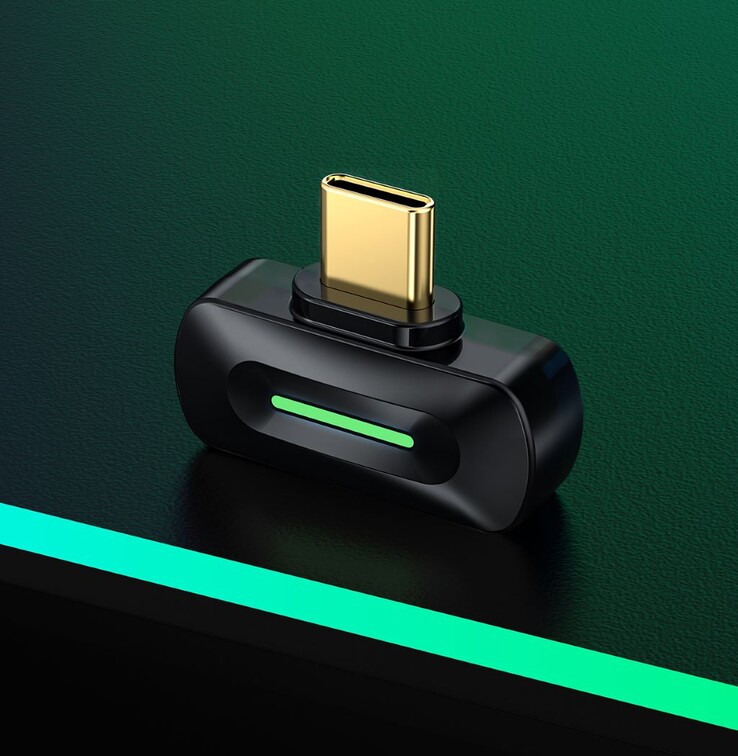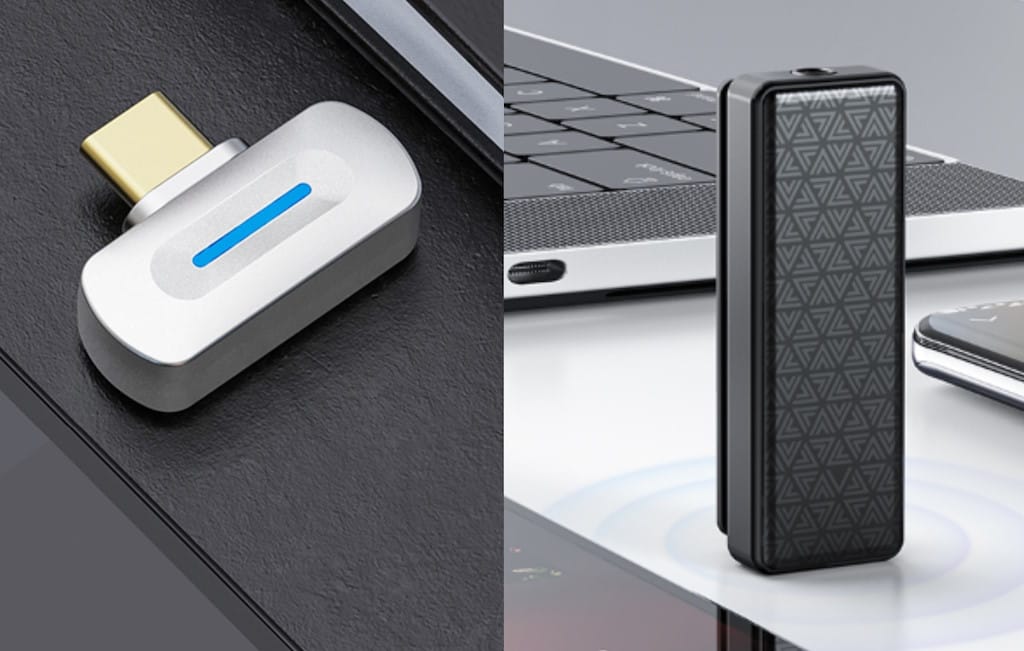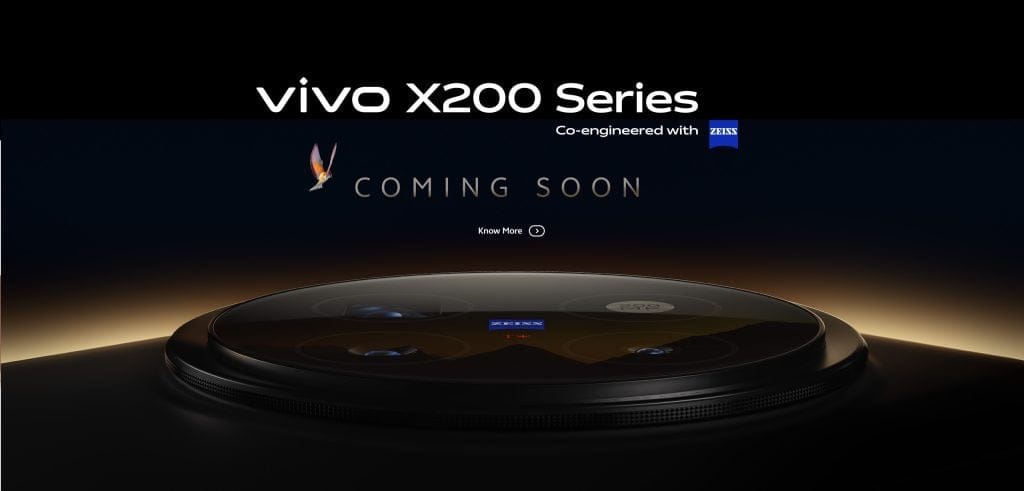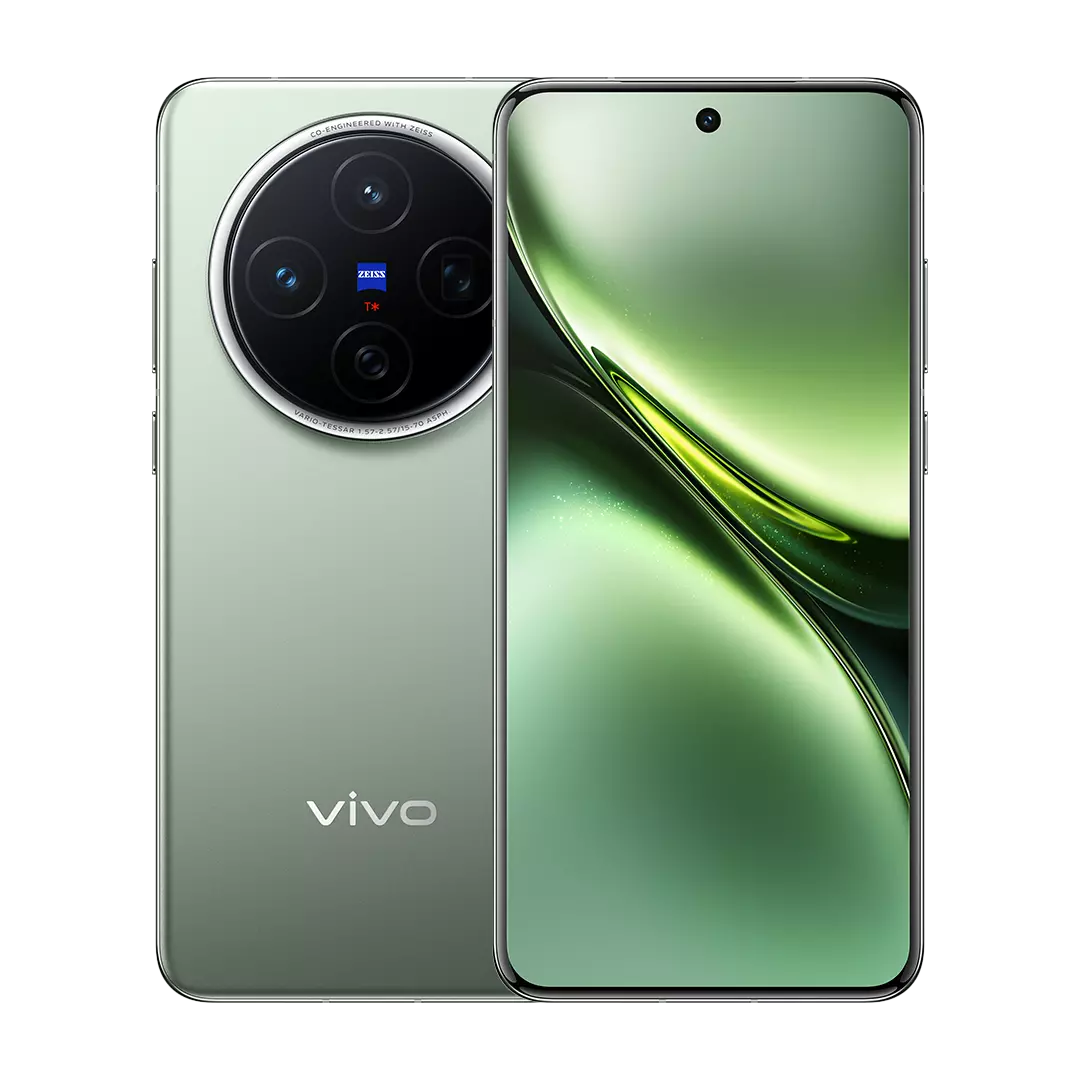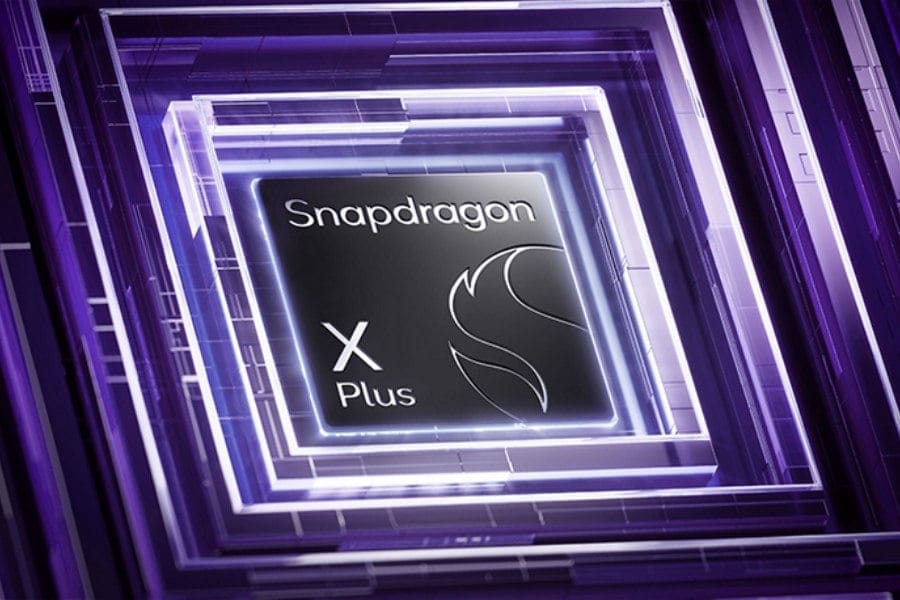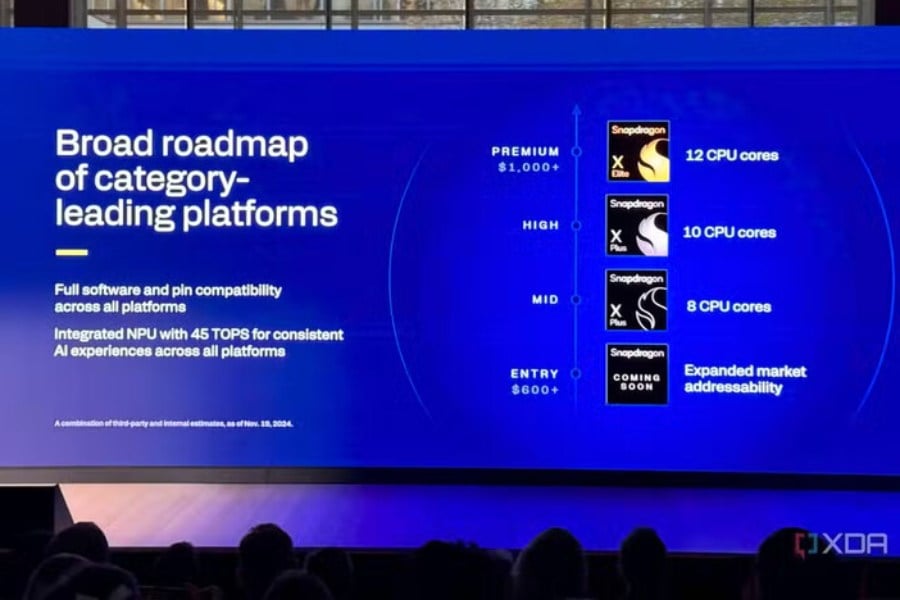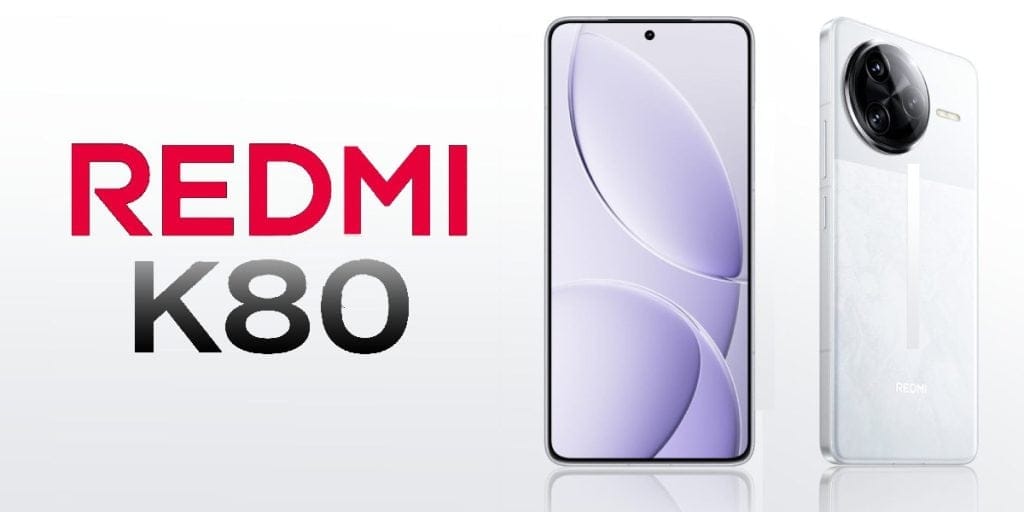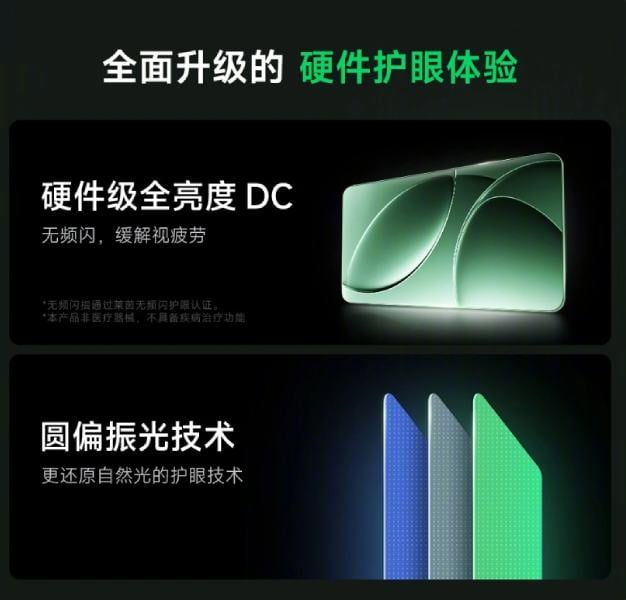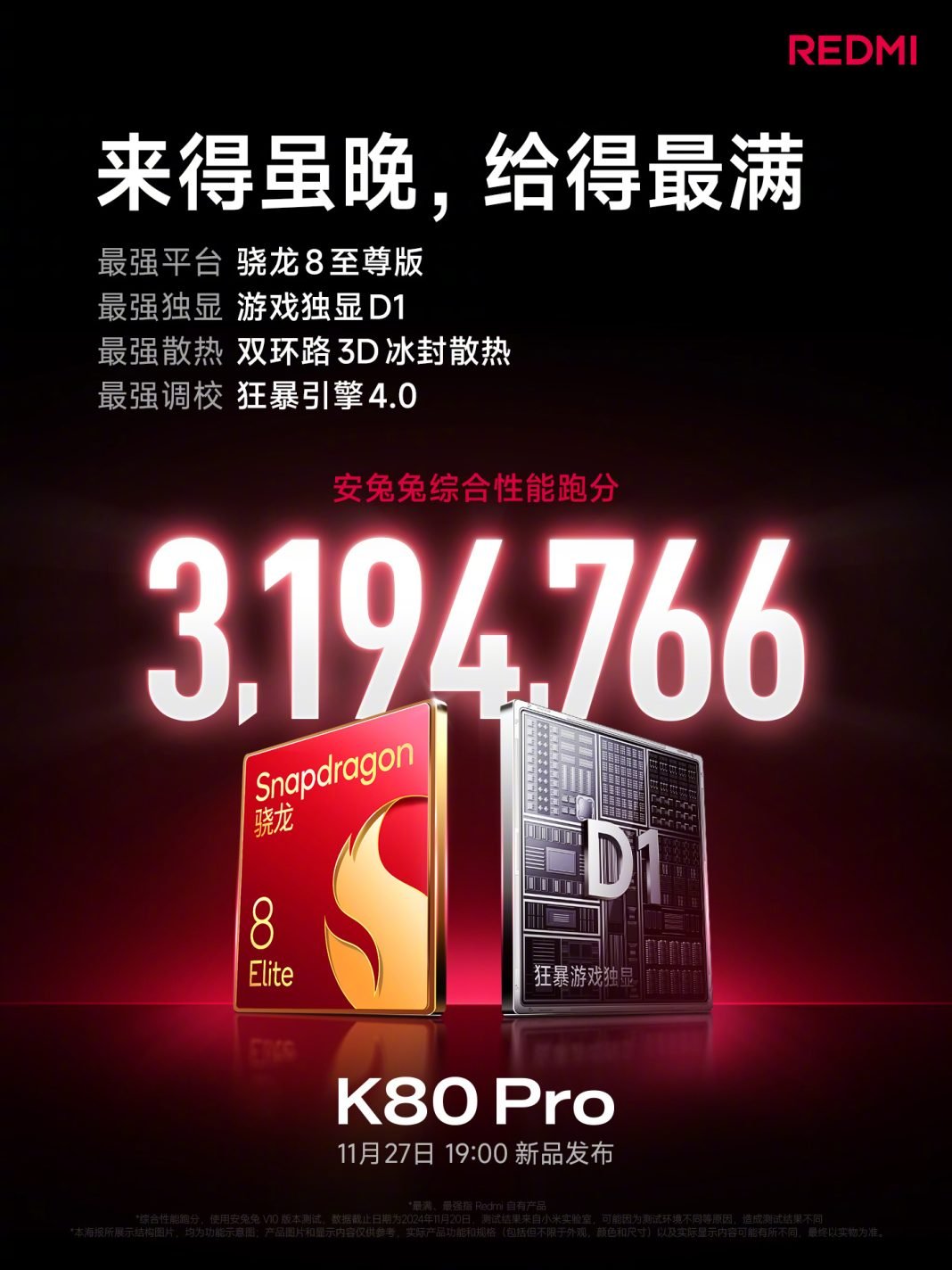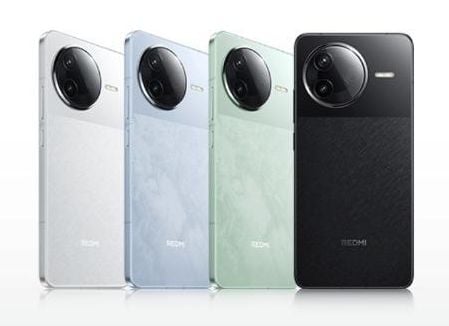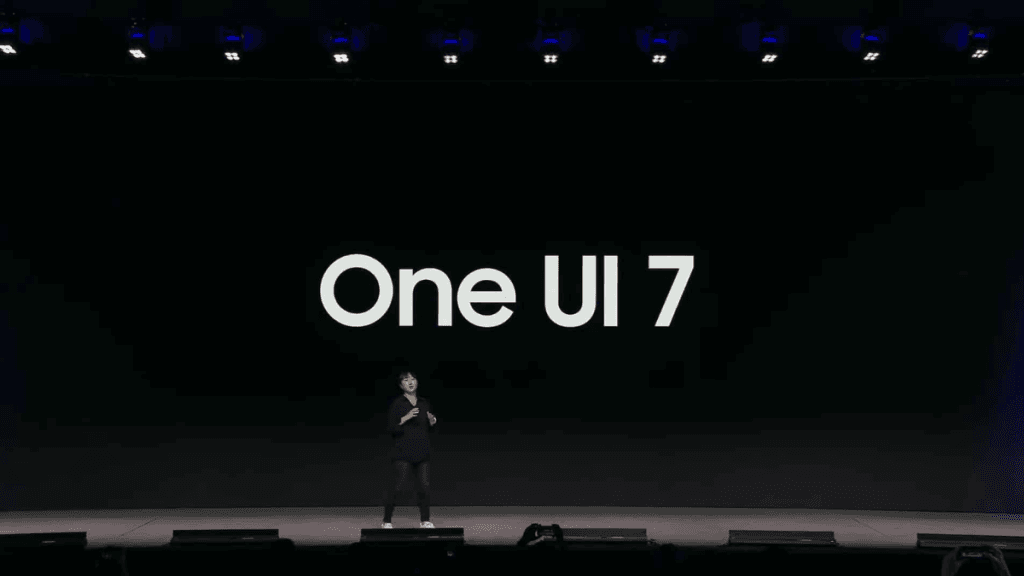FiiO has introduced the BT11 Bluetooth transmitter and the BTR11 receiver to enhance Hi-Res audio experience on older gadgets and wired headphones that lack LDAC wireless audio support.
Specifications of BT11 Transmitter
The BT11 transmitter takes advantage of Bluetooth 5.4 technology to offer high-resolution audio codecs beyond the typical SBC codec, including aptX, aptX Adaptive, aptX HD, aptX LL, aptX Lossless, and LDAC. It is powered by a QCC5181 SoC featuring a Qualcomm Kalimba DSP audio processor, enabling it to transmit audio at 96 kHz 24-bit with aptX Adaptive and aptX Lossless codecs and at 48 kHz 24-bit using the LDAC codec.
Gaming and Connectivity
Thanks to LE Audio, the transmitter minimizes latency to under 50 milliseconds, making it ideal for gaming when connected to consoles like the Nintendo Switch. The Bluetooth range extends up to 164 feet (50 meters). The BT11 dimensions are 1.1 x 0.8 x 0.4 inches (28 x 21 x 9 mm), and it weighs only 0.1 ounces (3 grams). It features a USB-C port that can connect to USB-A devices with the included USB-C to USB-A adapter. Customers can choose between black or silver, with a suggested retail price of 7,700 yen (approximately $49).
Features of BTR11 Receiver
On the other hand, the BTR11 receiver is equipped with a BES2700 BT 5.3 DAC linked to an independent left/right headphone amplifier to prevent channel crosstalk while decoding LDAC audio. It provides an output frequency range from 20 Hz to 45 kHz, boasting a signal-to-noise ratio of ≥ 101 dB and total harmonic distortion plus noise of < 0.008% (1kHz/-3dB@32Ω). A built-in noise-reduction microphone transforms wired headphones into wireless ones for phone calls.
Battery Life and Charging
The device delivers up to 45 mW of power at 16Ω for 3.5mm headphones, featuring a total harmonic distortion plus noise of < 1% for as long as 8.5 hours in LDAC mode or 15 hours in AAC mode. The battery recharges fully in 1.5 hours when using a USB-C power supply. The BTR11 measures 2.2 x 0.7 x 0.6 inches (55 × 19 × 14.6 mm) and has a weight of 0.5 ounces (13 grams). It is available in black or white, priced at 3,520 yen (about $22).
Both FiiO products can be found in Japan. For those in the U.S. looking for a 2-in-1 Bluetooth receiver/transmitter with aptX codec support, the AirFly Pro is available for purchase on Amazon.

